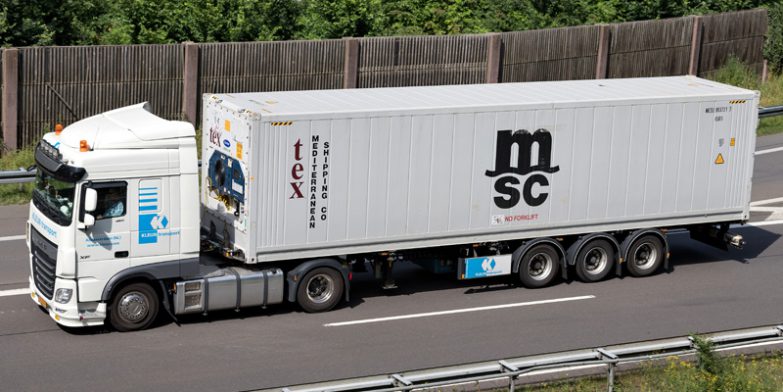
The global production of refrigerated containers has soared to the highest levels seen in more than a decade, with first-quarter output up nearly 145% compared with last year. Yet, despite this expansion, shippers are still struggling to secure enough reefer equipment to meet demand.
Rising maintenance demands, the retirement of aging units, unpredictable trade flows, and extreme weather are all conspiring to tighten supply. Although the industry expects total reefer output this year to exceed average annual volumes by over 15%, availability on the ground remains strained.
The global reefer trade is expected to expand by around 2% annually through 2029. Trade corridors, including Oceania to Asia, Central America to North America, and North Europe to Asia, are showing particularly strong momentum.
But equipment availability and the unpredictability of demand is making it extremely difficult for carriers to position containers where they’re needed most, and market volatility looks set to continue through the year.
Record-breaking heat in many locations is exacerbating equipment stress. Cooling down a reefer container that’s been sitting in sweltering conditions is no small task and under these intense conditions, minor issues can escalate into costly breakdowns. As a result, maintenance requirements are surging, just as many older units near the end of their service life.
Adding to the pressure, steel tariffs have pushed equipment purchase prices higher, squeezing budgets across the cold chain.
At Global Forwarding, we understand that moving temperature-sensitive goods takes more than equipment — it takes expertise.
Our dedicated foodstuffs team specialises in securing reliable reefer capacity, navigating global complexities, and keeping your cold chain moving.
Discover how we can protect your perishables and optimise your supply chain.Discover how we can protect your perishables and optimise your supply chain.





